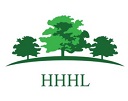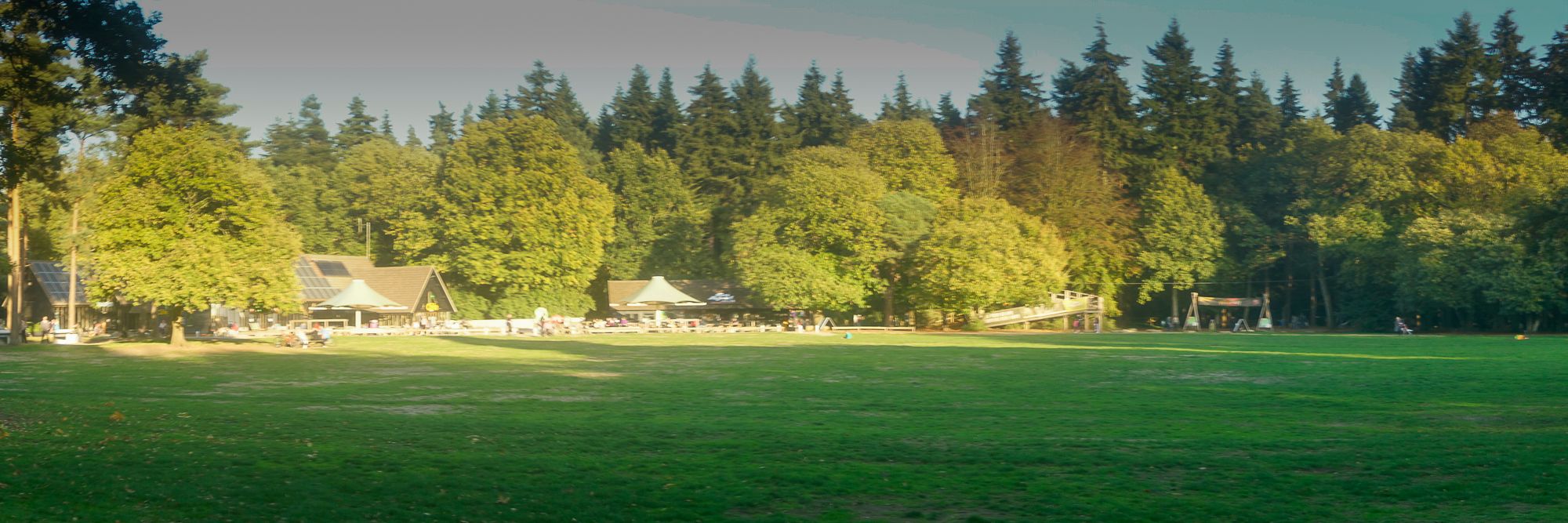




The heritage of High Lodge understood, cared for and celebrated by communities with the knowledge, skills and opportunities to help manage and enjoy it, sustaining a landscape that is accessible to all, as a working forest that is also culturally and naturally rich and beautiful.
Many visitors to High Lodge may assume that the forest landscape they see today has always existed. This is far from true, as Thetford Forest only came into existence after the formation of the Forestry Commission, now Forestry England, in 1919.
As a counterpart to the creation of an accessible path into the forest, volunteers have researched the hidden history and wildlife heritage of the area.
These pages document their findings and are intended as a repository of knowledge of all things relating to the area surrounding the High Lodge Visitor Centre in Thetford Forest.
Thetford Forest is of high conservation value, designated an internationally important Special Protection Area (SPA) for its woodlark and nightjar and a nationally designated Site of Special Scientific Interest (SSSI) for its birds, plants, terrestrial and aquatic invertebrates and geology.
The area around High Lodge has been lived in and used by people from the Neolithic (about 6000 years ago) right up to the present day. The project has uncovered and recorded evidence of burial mounds, flint mines, trackways, farms and other activities that have modified the landscape during this immense span of time.
We know that people have lived and worked in the High Lodge area for millennia. There are flints mines from the Neolithic period and burial mounds from the Bronze Age; Iron age and Roman pottery shards have been found; The Normans created a rabbit warren, the outline of which can still be traced in the forest today.